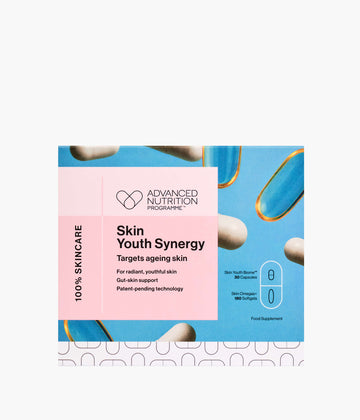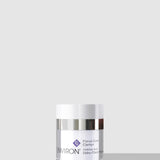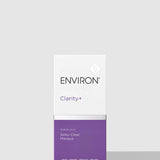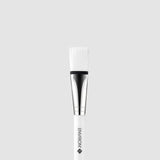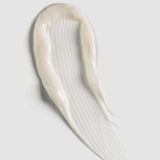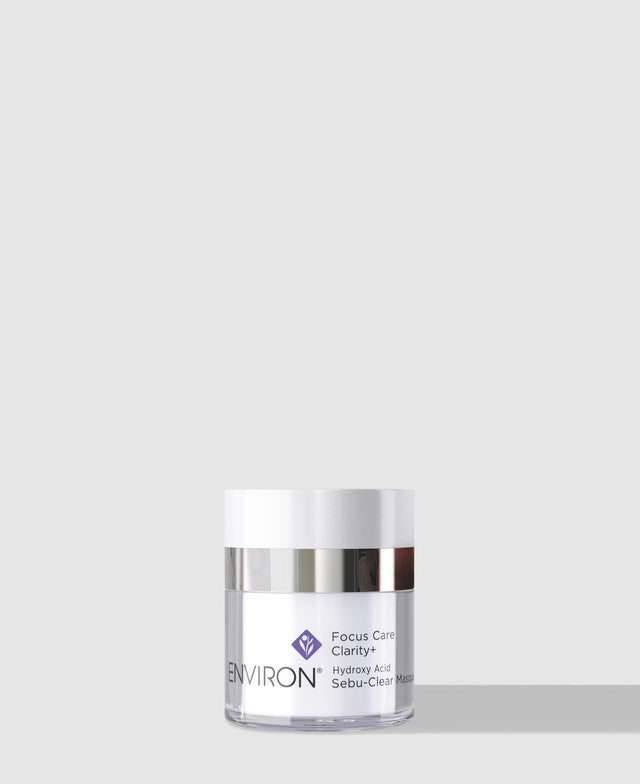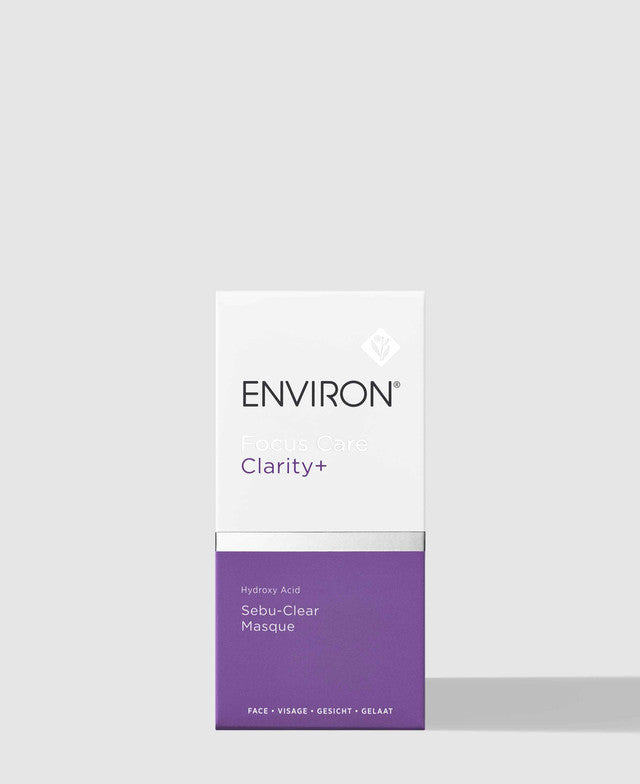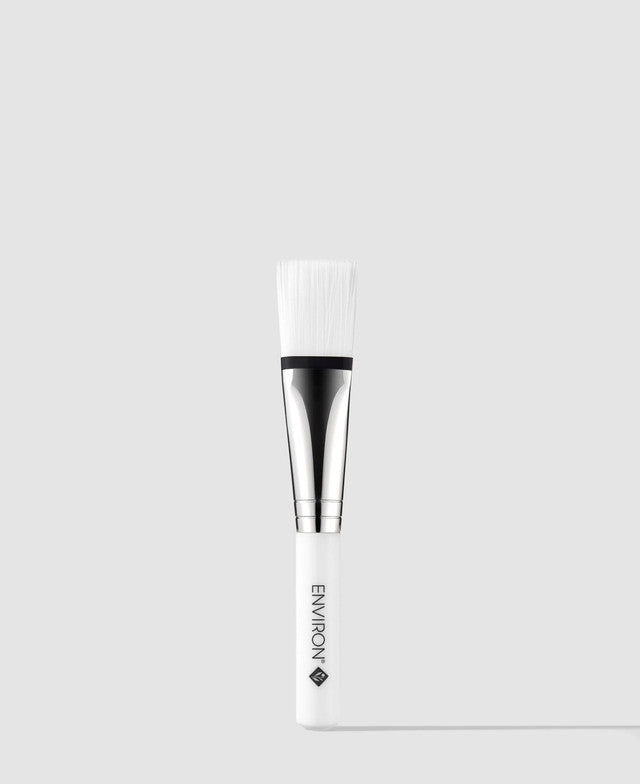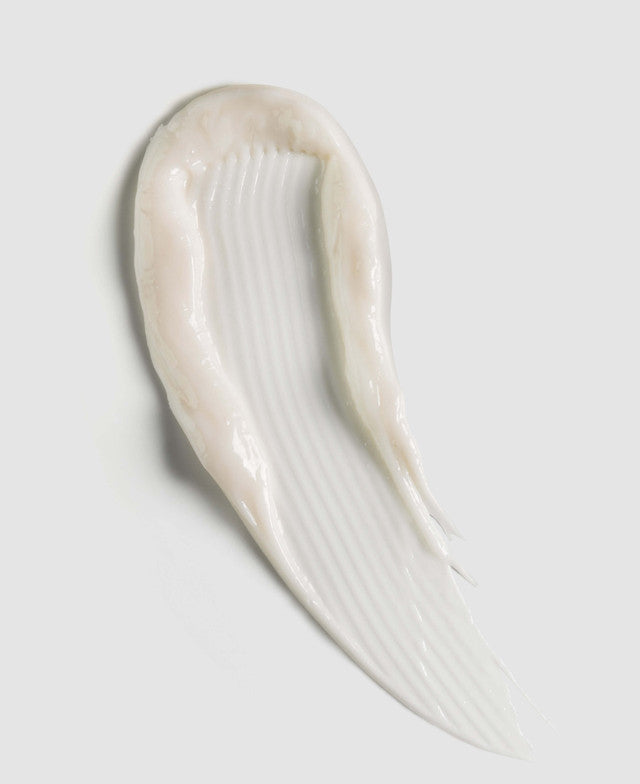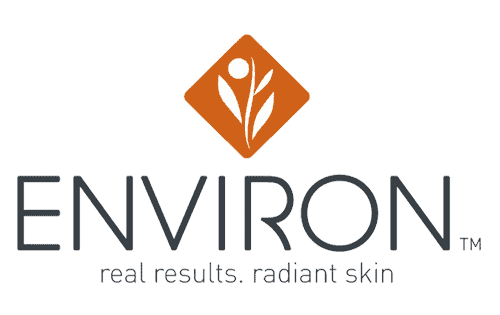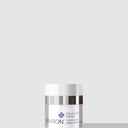Environ Skincare
Discover the power of Environ skincare at The Derma Company, your trusted Environ stockist for over 20 years. With our extensive experience and personalised approach, we provide bespoke skincare solutions tailored to your unique needs.
Environ’s extensive range of Environ products is designed to address a wide range of skin concerns. The Skin EssentiA line, one of their most iconic product ranges, showcases the brand’s dedication to harnessing the power of essential nutrients. Environ products infused with Vitamin A, C & E, such as their Youth EssentiA range, are specially formulated to target fine lines, wrinkles, uneven skin tone, and sun damage. These Environ products promote healthy cell turnover, stimulate collagen production, and enhance the skin’s overall texture and radiance.
Environ Skincare is a renowned brand known for its exceptional Environ products and its commitment to advanced skincare formulations. Founded by Dr. Des Fernandes, a prominent South African plastic surgeon, the brand has revolutionised the industry with its unique approach to skin health. Our team of experts offers free skincare consultations and ensures the fastest Environ delivery service, so you can start your transformative skincare journey without delay.
As an official Environ stockist for two decades, The Derma Company has a deep understanding of Environ’s exceptional skincare products. Our expertise allows us to recommend the most effective solutions for your skin concerns, ensuring you achieve optimal results. We believe in personalized skincare and take the time to understand your goals, guiding you towards the Environ products that will best suit your needs.
Environ’s commitment to research and development is reflected in the scientific rigor applied to every product. Environ products undergo extensive testing and are supported by scientific research, ensuring their safety and efficacy.






